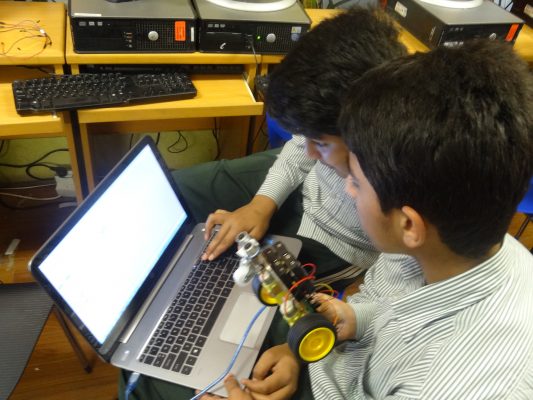In the 21st century, the world is progressing massively in every field, be it robotics, medicine, arts, or simply education! Education is a single word, but it comes with lots of areas of growth and development. The term ‘Progress’ is incomplete without education because if we don’t excel in education, we would be good for nothing. The education world needs to be successful innovators if they wish to explore strategies to link students with the skills and knowledge they need.

In this century, there’s a growing stress on STEAM! Steam in education engages students around the subjects of science, technology, engineering, arts, and math. Educational experts have declared steam as a vital component of the 21st-century education system.
Now, the question arises, ‘What is steam learning?’ It is basically an educational tactic that makes use of science, technology, engineering, the arts, and maths for supervising student evaluation, competence, and analytical thinking. This is what the importance of steam education is, it provides students with tools and methods to discover new and inventive ways of solving problems, data demonstrating, and connecting multiple fields together. Thus, these steam benefits should be provided to everyone.
Benefits of STEAM Education
An interesting feature of this learning is the educational games on steam! Yes, you heard it right. By combining blended learning and steam education, we can inspire kids through tentative learning, where they will be free to create, fail, try and invent. Through this process, we can empower and promote the development of critical and creative thinking and enhance problem-solving skills. The educational games steam offers are – lightbot, blokify, Minecraft edu, planeteers, and scrap mechanic.
The benefits of steam education are:
- Lack of Technology Literacy
Learning.com conducted a study from the year 2012 to 2017, and it was found that seventy-five percent of students from fifth and eighth grades lacked technology literacy, i.e. they didn’t know about technology skills and how to use them. This study identified a critical issue for the students, who didn’t have technical knowledge but will be asked to exploit more technology and skills in the practical world. Steam education allows students to have knowledge of elements of technology, engineering, and programming and incorporate it into classwork and projects. There are lots of high-quality steam kits and curriculum solutions for teachers, that include technology to provide students with the opportunity to dig deeper into discovering complex coding, technology, and engineering tasks. Can you tell the difference between a decent steam solution and an impressive steam solution? In an impressive steam solution, the students are allowed to have real-world applications in their work, i.e. they can be more practical and not just confined to theory. This prepares them for the practical future world and makes them understand why the specific task matters in the arrangement of things.
- Competence in Cultural Differences
Students will need to interact with several diverse people in a classroom and future practical work. Cultural competence teaches the students how to interact with others, thus it’s proved to be a vital skill for them. Cultural competence means that the students communicate with other people having cultural differences which are different from their own, thus, allowing them for a friendly and tempting discussion to understand the differences.

One unique feature of steam education is that it can be operated in so many different ways in a classroom. Whereas many circular lessons and projects may have a focus on technology, students are provided with an opportunity to exhibit ideas that can solve real-world problems which our cultures face today. If we talk about the real-world problems, they are a distinction in this case – textbooks and lectures frequently give an outline of the state of current measures or characteristics of a problem. Steam projects encourage students to research the solutions for the problems which are impeding the population of the world and find a solution for them. Through this, students are given a chance to implement cultural competence and work together to solve a problem that may be affecting another demographic and not them.
- Leadership
Students, who need to go into a practical world, should be fostered with an important quality of leadership. Some students are born leaders, they naturally lean towards the role of leadership in groups, whereas others may not and want to work alone, not knowing their strength in a subject as compared to their colleagues.

Steam learning offers paths for students to think of inventive ways to bring more subjects that they are obsessive about and may feel confident about taking up the lead. Through steam learning, roles can be reversed. The students who are the quietest may feel confident about the subject matter they like the most when it is represented in projects and lessons. This type of learning style would make them want to contribute, thus, enhancing their confidence.
- Communication skills
Communication done on tasks and projects is important for both the classroom and the practical world. A study conducted by Pew Research highlighted the point that communication is a very important skill for students if they wish to go ahead in the world today.
 Steam provides students with the chance to practice communication skills in a safe environment, face to face with everyone. Steam activities don’t pass or fail the students, so there is no risk for them in figuring a solution or working in a team to find out the best option. Communication becomes more effective with practice.
Steam provides students with the chance to practice communication skills in a safe environment, face to face with everyone. Steam activities don’t pass or fail the students, so there is no risk for them in figuring a solution or working in a team to find out the best option. Communication becomes more effective with practice.
- Thinking Critically
As we know that there is always a curriculum set for educators, but in the case of steam learning, the educators aren’t restricted to the curriculum and this is the best part of this education. Several steam activities are completed in lessons and are managed as projects.

Steam learning provides a cross-curricular set at the students’ disposal because they have an approach to science, technology, engineering, arts, and math. The benefits of cross-curricular learning are that they provide the students the ability to think critically about solving a particular problem. There are many examples in which the problem is solved by using a tactic that combines two subjects at once. This is a unique feature of steam learning, as other education systems work on curriculum confined to given textbooks and timeclock.
- Computational Skills
Same as technical knowledge, computational thinking skills are amazing for students to start being rational about coding before they dig deep in text or visual-based applications. These skills can also be used by students to help analyze problems and look accurately for solutions.

Computational thinking skills are a process used to create a problem and then propose a solution in such a way that it can be understood and implemented by a computer. With computational skills in mind, several steam products are designed, which prepare students for future coding and for an improved way of diagnosis as they try to solve problems, especially in math, science, and engineering.
- Social Skills
For a student’s development, developing social skills is essential, both as a child and as an adult. A study conducted by ‘Read to Lead’, found that students receiving directions with social-emotional learning built into the course achieved 11 percentile points which were higher than the students who didn’t receive the social-emotional instructions.
This is a huge difference and explains why it is important to be able to understand and communicate with one another. In social skills, it is necessary to communicate interests and values with others, including listening and showing respect to each other. In steam learning, students have to work in varied groups, having complicated cross-curricular tasks where everyone wants to lead and voice an opinion, this challenges the students to make an effort on their social-emotional learning. And as an educator, it’s your job to have a close eye on the groups, how the students communicate with each other, this will allow you to have a timely intervention when things get difficult.
- Collaboration and Teamwork
According to a study conducted in 2017 by Learning and Pearson, the students who formed a team and collaborated on ideas to solve a problem came out with many more ways for solving the problem as compared to when the initial idea came from the teacher.

Steam learning can’t be done alone, most activities that are conducted in classrooms necessitate pairs and need students to work together and solve complicated real-world problems. Steam projects provide students with artistic independence for solving problems with the teacher as a leader and curriculum as a resource. There are so many ways to solve a problem, with steam learning, but it depends on the students to make a team and agree on the finest way to solve it. Through this way, you can promote collaboration in the classroom and make students work together.
- Personalized Learning
An important benefit of steam education is the capability to customize the learning experience according to each student. Personalized learning is getting popular for teaching students in the US and is becoming an important resource in modern education.

Bill and Melinda Gates Foundation considers personalized learning a top priority. It is different from traditional teaching standards because it customizes the learning according to each student’s needs, interests, and skills. Every student is different from the other, so this personalized learning focuses on how a student learns well and how much he knows. It allows students to speak up for themselves, about what interests them and thus, allowing students for self-advocacy. They learn to use technology at their own speed. It further pushes students to work on their weak points.
- Increased Student Engagement
Elementary school students start with a lot of engagement in school but on reaching high school, most students lose their motivation. Engagement is necessary as it contributes to various factors leading to success. Educators have to increase the engagement of students in a classroom. Most students who are disengaged are those who have high talents and aren’t given opportunities accordingly. Traditional teaching methods fail students in terms of motivation and engagement. This is due to worksheets and tests which don’t allow them to enthusiastically participate. Steam education isn’t confined to a certain grade, it’s meant to build computational thinking skills and provides high school students with a chance to experiment with complex coding. These projects on which the students can work enhances the motivation in them and provides them with the ability to come up with a solution using a subject in which they are good at.
- Knowledge Application
Steam education teaches students the skills which can be used in solving real-world problems. This is a motivation for students because they will know that the skills they are learning can be used immediately, and will positively impact them and their family. This ability to practically apply knowledge to several tasks will be more encouraging for them when they will enter the workforce. In order to be successful in life, the students must know how to utilize what they have learned,in various situations.
Conclusion
It would be amazing if every student receives an education that encourages collaboration, critical thinking, and personalized learning. Even if a student doesn’t choose a field of steam education, he would be trained the way that he’ll benefit from it in any other career. Steam education should be promoted to increase technology literacy and build confidence, thus, forming an astounding workforce for the future.

